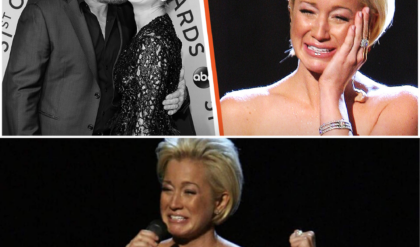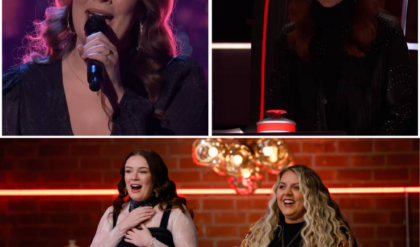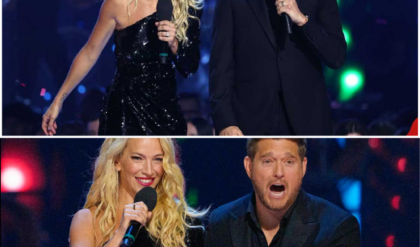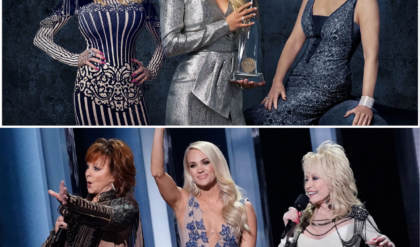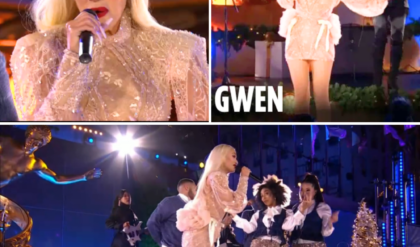The glossy drama, which stars Lily Collins as an American marketing exec strutting the streets of Paris, was dismissed before it even began in 2020. But now, it’s one of Netflix’s biggest shows. Rachel McGrath looks back at the critic-proof series’ tumultuous journey, as ‘Emily in Paris’ returns for season four.

Ridiculed by the French and derided by critics, Emily in Paris was written off by most before its first episodes even arrived on Netflix. It was in 2020 that Emily – a relentlessly positive, social media-obsessed marketing exec, played by Lily Collins – strutted onto the streets of Paris as well as our screens, with her iPhone in hand and a workaholic attitude that made her European colleagues feel sick. Her knowledge of French? Zéro.
Emily’s workmates at Savoir didn’t think she’d last in Paris, and in the real world, critics predicted the show wouldn’t be around for long either. And yet, Emily is still spending her days in the fifth arrondissement, and the show’s fourth season will soon arrive. It has tens of millions of viewers (according to Netflix), and two Golden Globe nominations to its name – albeit earned amid a bribery scandal. How, when it was dismissed before it had even begun, did we get here?
The reviews for series one were, well, merde. Writing for The Independent, Ed Cumming declared Emily in Paris as “nonsense” and “dire”, then made a comprehensive list of people who wouldn’t enjoy it, ending with: “Anyone who has eaten a croissant.”
And yet, we lapped it up. A second season was swiftly confirmed and when filming for it began, Netflix declared that 58 million households worldwide had “chosen to watch” the first season within 28 days of its debut. (It’s important to note that the methodology behind the streaming service’s figures was questioned – and later changed – as watching just a few minutes of a show was believed to be enough for the company to count you as a viewer.)
The timing of season one’s arrival undeniably contributed to its review-defying popularity. It debuted in October 2020 as we were on the precipice of what transpired to be a truly dismal, pandemic-ridden winter. In the UK, Eat Out to Help Out was a distant memory, and we were paying the price of that cheap Nando’s in the sun – with rising Covid-19 diagnoses and deaths, redundancies at their highest rate since 2009 and the Brexit deal back in the news. Then, along came Emily. A smiley, twentysomething American who moved to Paris completely ignorant of French culture, but was nevertheless painfully cheerful and always admirably over-dressed.
Crucially, Covid didn’t exist in Emily’s Paris, nor did advertising budget cuts or politics. Much like Netflix’s other flagship Originals Sex Education and Orange Is the New Black, the show’s universe is a recognisable setting (and in this case, a real place) yet deliberately timeless, with next to no reference to wider real-world issues. (I counted just one in three seasons, when Emily’s British banker beau Alfie, played by Lucien Laviscount, says he’s working on some sort of Brexit-linked banking deal.)
Emily would never put on joggers and a stain-covered hoodie to slump in front of the TV, but in the comfort of our living rooms and with very little else to do, viewers (myself included) did exactly that. It wasn’t razor-sharp like Succession or anywhere near as attention-grabbing as Lena Dunham’s Girls, but Emily in Paris season one did what it was supposed to – pull in the numbers.
The show soon became synonymous with the newly coined term “ambient TV”. As The New Yorker succinctly explained: “The purpose of Emily in Paris is to provide a sympathetic background for staring at your phone, refreshing your own feeds.” Its plots, they observed, were “too thin to ever be confusing”. Netflix has plenty of ambient offerings across other genres too – think Tidying Up With Marie Kondo or the hundreds of Below Deck episodes it has acquired.
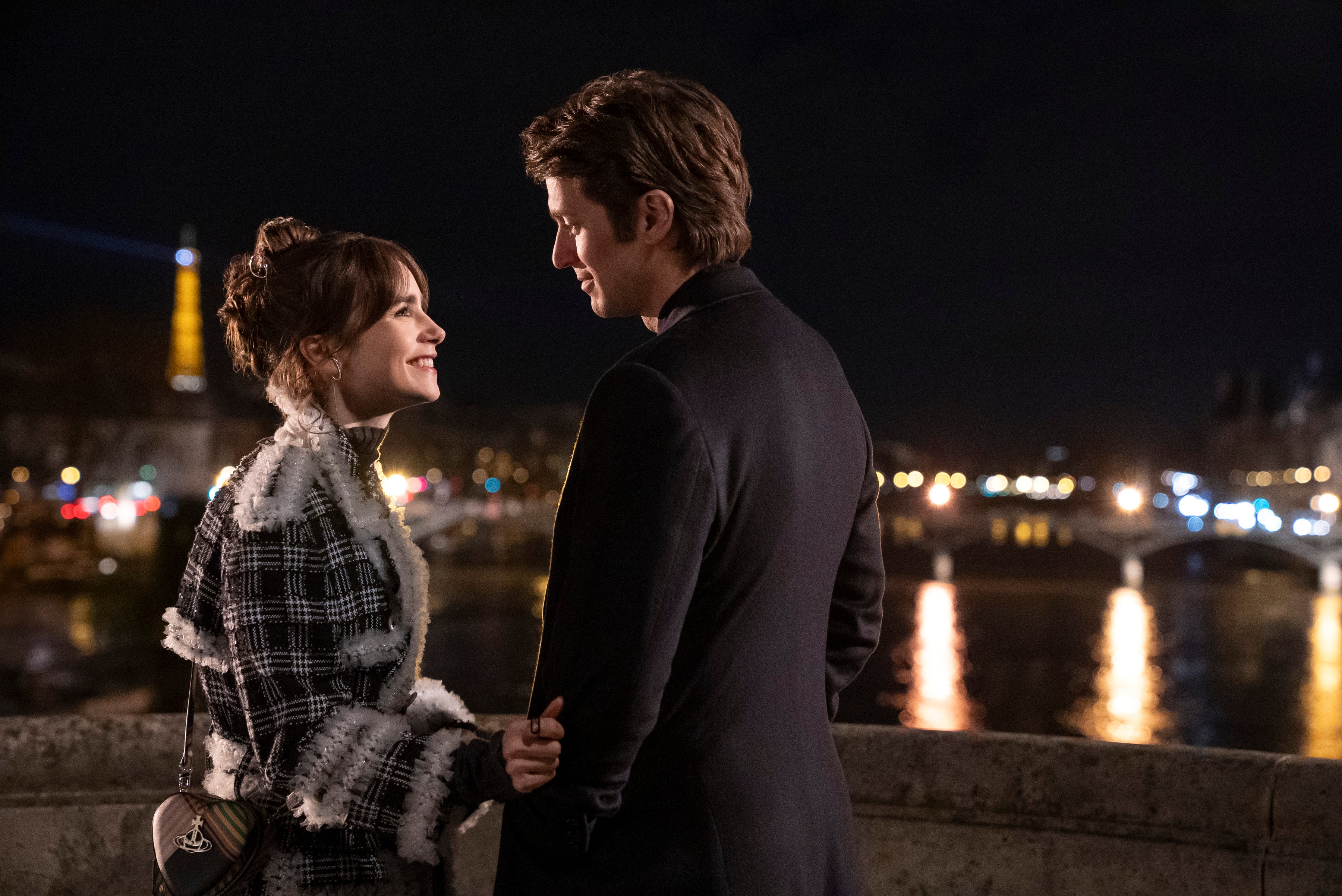
Collins with Lucas Bravo, who plays ‘hot chef’ Gabriel (Stephanie Branchu/Netflix)
Emily in Paris is also a prime example of another key area for Netflix – content made for the algorithm. Thanks to the streamer’s 277 million subscribers worldwide, it has access to an unrivalled treasure trove of audience data, and uses it to inform commissioning decisions by backing projects that, its data suggests, will perform well. This largely means creating, and pushing viewers to watch, more of the same. Having recently revisited Emily in Paris ahead of series four, my own homepage is now promoting other feel-good, low-intensity offerings. Among them are Firefly Lane, a “heartwarming drama about a friendship that spans decades”, and Find Me Falling, a romcom about a rockstar who moves to the Med to find himself, but ends up “reigniting an old flame”. Neither sound particularly inspired.
In France, viewers were unimpressed and wonderfully cutting when season one of Emily in Paris was released. French Twitter largely labelled the series “ridicule” (ridiculous), while national radio station RTL wrote on its website that Parisians had a hard time recognising their everyday life thanks to “the berets, the cocktail dresses and the impeccable streets”. Indeed, none of the city’s 4 million-strong rat population pop up in Emily’s pristine Paris, and tourists are conspicuously absent, too.
The question of whether Netflix and creator Darren Star, who was also behind Sex and the City, were in on the joke soon arose. French viewers – who are perhaps best placed to answer – decided they surely had to be. One French marketing executive, Florence Coupry, told The New York Times: “This is a series about extreme cliches, cliche after cliche. Whoever made this is clearly having fun with the cliches. As viewers, we’re being played with here.”
Nobody is tuning in to ‘Emily in Paris’ for thought-provoking storylines or complex characters. This isn’t ‘‘House of Cards’ – and that’s exactly why it’s so popular
Emily’s BFF Mindy (Ashley Park), meanwhile, blossomed through a series of musical eras – transforming from a shamed Chinese Popstar contestant in self-imposed exile to Eurovision hopeful, via stints as a jazz club singer and struggling busker. Emily’s French colleagues were given what they’ve deserved from the beginning: more well-rounded storylines away from the work-obsessed executive they openly hated for so long. They also started speaking French more often, which was similarly overdue, though the subtitles did make it more difficult for us non-French speakers to look at our phones while “watching”.
A backstory was fleshed out for Emily’s boss Sylvie (Philippine Leroy-Beaulieu), too, who has always been the most intriguing character, with all the best lines. She was still assigned cliche-ridden storylines though; taking a younger lover, battling (and beating) the American corporate overlords with her French ways, and smoking as many cigarettes as TV regulators allow for.
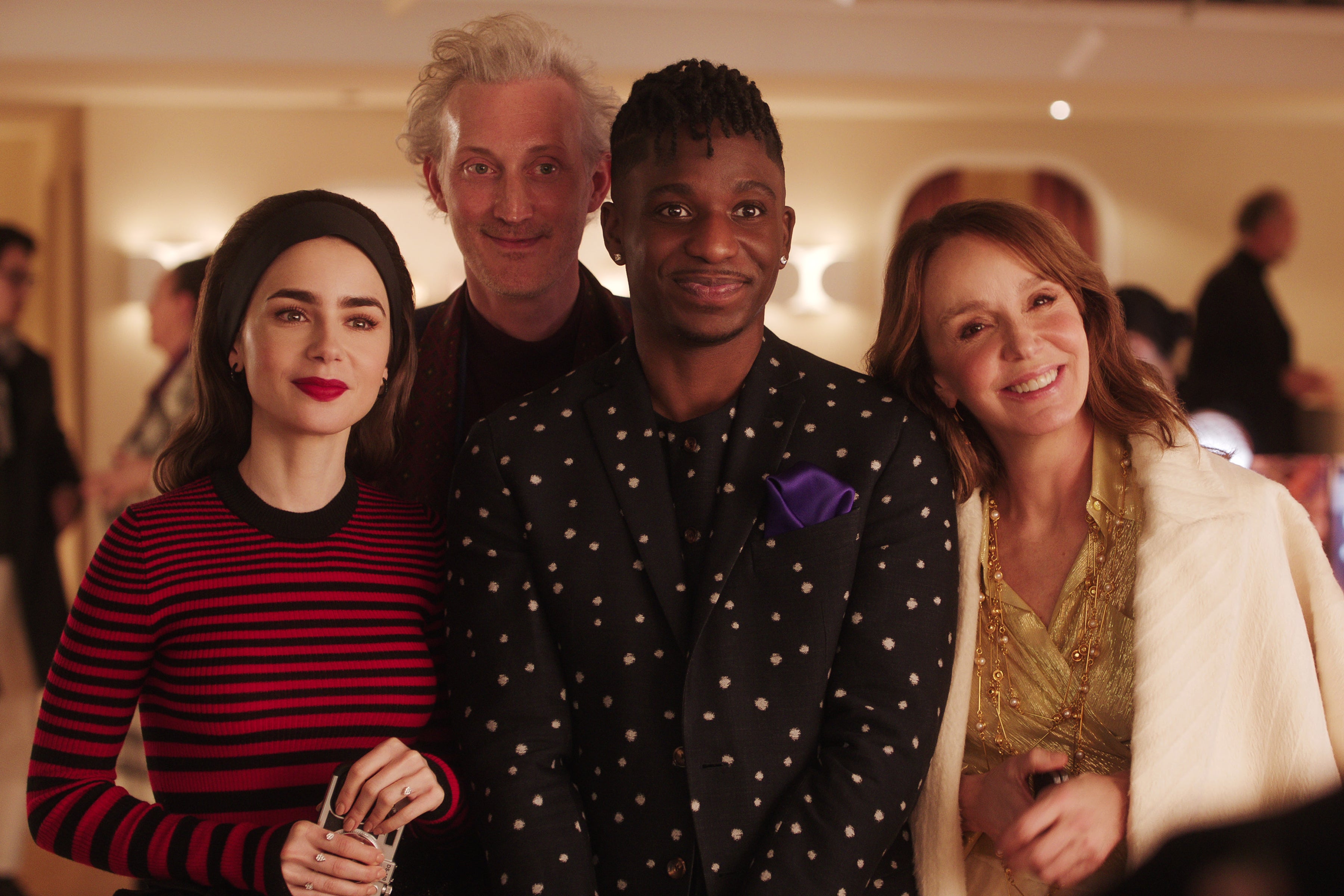
Collins as Emily, Bruno Gouery as Luc, Samuel Arnold as Julien and Philippine Leroy-Beaulieu as Sylvie Grateau (Netflix)
And Emily’s US boss Madeline (Kate Walsh) – the whole reason she’s in Paris in the first place – flew in from Chicago despite being heavily pregnant, went to war with Sylvie and Savoir, gave birth, then skulked back to the States after effectively destroying the company. A surprise upside of her sojourn to France was that she made Collins’s character look truly continental.
Seeing it for what it was (instead of hoping for high-stakes drama or even just a meaningful story arc), critics were more welcoming. With his tail between his legs, our reviewer awarded season two with five stars, labelling it “harmless escapism” and confessing that, “on its own terms, it is enormously successful”. A whopping 117.6 million hours of season three were watched in seven days, reported Netflix, with the show entering the streamer’s top 10 at No 2 and beaten only by Wednesday.
With the upcoming episodes, Netflix is sticking with a release method it has tried and tested in recent years – chopping the season in half and delivering it in two batches. By doing so, it hopes to create a buzz that lasts longer, compared to when the whole season is made available on the same day. A calculated marketing move that Emily herself would surely be impressed with.
From what I’ve seen, there will be even more OTT outfits in this season, including a Beetlejuice-like bodysuit, plus deliberations over whether Gabriel could be the one after all, and a hefty dose of sage or withering words from Sylvie (depending on what mood she’s in). In essence, it’s more of the same. But perhaps the important thing is, that really doesn’t matter. Nobody is tuning in to Emily in Paris for thought-provoking storylines or complex characters. This isn’t House of Cards – and that’s exactly why it’s so popular.
With season two, and three, Emily in Paris did improve, though the cliches persisted – backing up Coupry’s claim. Our jolly expat – now an influencer, too – finally decided to expand her French beyond “enchanté”. And she met the attractive, beer-loving Londoner Alfie in her language class, providing us brief respite from the tired “will they, won’t they?” storyline with neighbour and chef Gabriel (Lucas Bravo).
Emily’s BFF Mindy (Ashley Park), meanwhile, blossomed through a series of musical eras – transforming from a shamed Chinese Popstar contestant in self-imposed exile to Eurovision hopeful, via stints as a jazz club singer and struggling busker. Emily’s French colleagues were given what they’ve deserved from the beginning: more well-rounded storylines away from the work-obsessed executive they openly hated for so long. They also started speaking French more often, which was similarly overdue, though the subtitles did make it more difficult for us non-French speakers to look at our phones while “watching”.
A backstory was fleshed out for Emily’s boss Sylvie (Philippine Leroy-Beaulieu), too, who has always been the most intriguing character, with all the best lines. She was still assigned cliche-ridden storylines though; taking a younger lover, battling (and beating) the American corporate overlords with her French ways, and smoking as many cigarettes as TV regulators allow for.

Collins as Emily, Bruno Gouery as Luc, Samuel Arnold as Julien and Philippine Leroy-Beaulieu as Sylvie Grateau (Netflix)
And Emily’s US boss Madeline (Kate Walsh) – the whole reason she’s in Paris in the first place – flew in from Chicago despite being heavily pregnant, went to war with Sylvie and Savoir, gave birth, then skulked back to the States after effectively destroying the company. A surprise upside of her sojourn to France was that she made Collins’s character look truly continental.
Seeing it for what it was (instead of hoping for high-stakes drama or even just a meaningful story arc), critics were more welcoming. With his tail between his legs, our reviewer awarded season two with five stars, labelling it “harmless escapism” and confessing that, “on its own terms, it is enormously successful”. A whopping 117.6 million hours of season three were watched in seven days, reported Netflix, with the show entering the streamer’s top 10 at No 2 and beaten only by Wednesday.
With the upcoming episodes, Netflix is sticking with a release method it has tried and tested in recent years – chopping the season in half and delivering it in two batches. By doing so, it hopes to create a buzz that lasts longer, compared to when the whole season is made available on the same day. A calculated marketing move that Emily herself would surely be impressed with.
From what I’ve seen, there will be even more OTT outfits in this season, including a Beetlejuice-like bodysuit, plus deliberations over whether Gabriel could be the one after all, and a hefty dose of sage or withering words from Sylvie (depending on what mood she’s in). In essence, it’s more of the same. But perhaps the important thing is, that really doesn’t matter. Nobody is tuning in to Emily in Paris for thought-provoking storylines or complex characters. This isn’t House of Cards – and that’s exactly why it’s so popular.
A straw poll of my female friends revealed – to my genuine surprise because we’d never had a conversation about it – that almost every single one had seen Emily in Paris and was planning to watch the new episodes. One of them – a clinical psychologist with a PhD from Oxford – summed up the show’s appeal best. “Emily in Paris is great because everything is always OK in the end,” she said. “And that’s what I need in the world.” Who can argue with that?
‘Emily in Paris’ season four part one arrives on Netflix on 15 August
